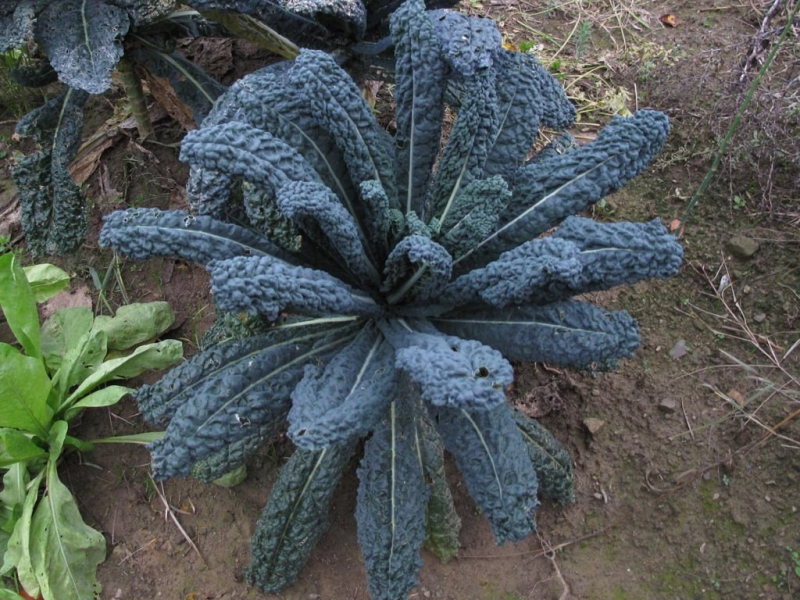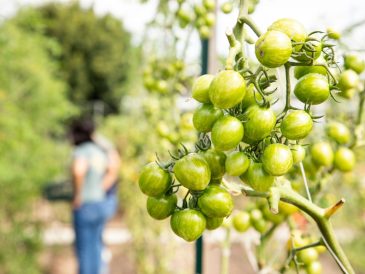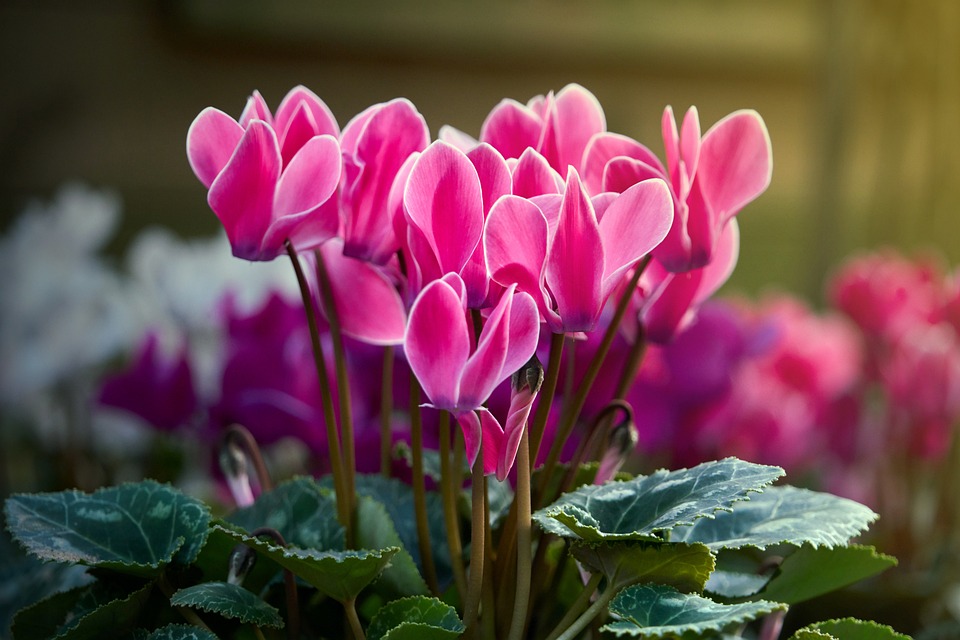
Winter is almost here and it’s time for fall vegetables, the good ones to eat raw but also perfect to be made into soup. The garden, as you can see, does not stop even when it starts to get cold, on the contrary, it continues to produce its fruits marking the rhythm of the seasons!
Tuscan black cabbage, for example, is considered as a delicacy in Italy. This cabbage comes with large dark green leaves and a nutritional concentrate with powerful antioxidant properties to enjoy. There is an ideal soil for growing kale, one enriched with good compost and full of nutrients, but rest assured, this vegetable grows in almost any condition, even in shade and sandy soil.
Sowing Time
Sowing time is between April and May. Cabbage seeds should be placed about 1.5 cm deep and in rows 22 cm apart. Germination takes about 10 days.
When the plant reaches about 22 cm in height and at least four of its leaves have developed, it can be transplanted. For transplanting, it is necessary to make a hole and place the plant in the center. It is best to plant the cabbage a little deeper, with a distance of about 45 cm between rows.
An Easy Care Routine
- No special care is needed, because we are talking about one of the strongest and most disease-resistant plants. It is enough to remove the yellowed leaves that grow around the base of the plant and to avoid weeds by hoeing regularly. Do not forget to water the young plants one hour before transplanting and after sowing, without flooding them with water.
- Watering should only be done if the weather conditions require it, for example if it is very hot and particularly dry. You will also need a handful of fertilizer, or manure, to place around the roots to allow for optimal growth. Manure is an excellent source of nitrogen, usually perfect for
- crops like kale.
- Next, you’ll want to check for weeds regularly and, if present, remove them to stimulate plant growth. One of the best gardening tools for this is the hoe, a very effective tool that works great for weeds.
- In addition, hoeing not only removes weeds but also the soil surface and creates a fine texture that allows air and moisture into the soil and increases microbial activity which then feeds the plant roots with nutrients.
Pests and Diseases
Black cabbage is a very hardy plant and very resistant to attacks by various pests and diseases. But remember: black cabbage is a member of the cabbage family, so the same pests and diseases that attack cabbage, if you have planted them in your garden, could also attack your cabbage.
The pests that can attack black cabbage are:
- WhiteflyThis is a small gray fly that looks like a common housefly. It lays its eggs at the base of the cabbage plants, which in turn burrow into the new roots of the plants. The young plants begin to wilt and eventually stop growing. The leaves begin to take on a strange, almost blue color.
- RoundwormsThis is a microscopic worm that attacks the larvae of the cabbage maggot. Nematodes are already present in the soil by nature, but in this case, they multiply excessively. There are several products on the market that protect plants from these pests.
- CaterpillarsButterfly caterpillars are a real nuisance for plants. They reduce plants to a skeleton in a few days as the caterpillar slowly eats them.
- White Cabbage AphidsIf you have also planted white cabbage in your garden, beware of aphids, which could also affect your black cabbage. These are small white insects that nestle on the leaves and produce a sticky substance called honeydew that will cause the plant to deteriorate.
Harvest
You can enjoy harvesting black cabbage between late September and early May. You will need to harvest the bottom leaves first and let the top of the plant continue to grow to produce new leaves.
Keep in mind that the larger, more mature leaves have a bitter taste, so it is best to remove them and assign them, as much as possible, to the compost bin. Removing the larger leaves is very important and will stimulate the plant to produce younger, more tender leaves. When removing the larger leaves, make sure there are at least eight left attached to the plant. This is the number needed to give the plant energy and help it grow well.
Here you go! Sound easy right? Don’t forget to share with us your experience once you harvest your black cabbage. Until then, tell us in the comments below what’s your favorite vegetable to grow in winter months.




